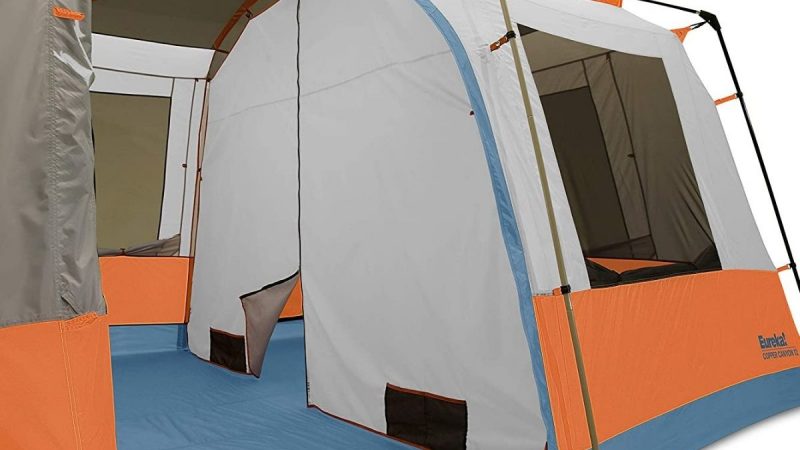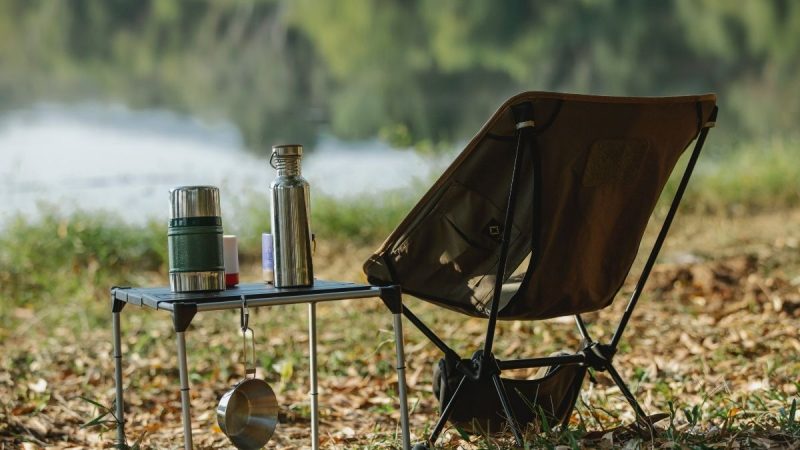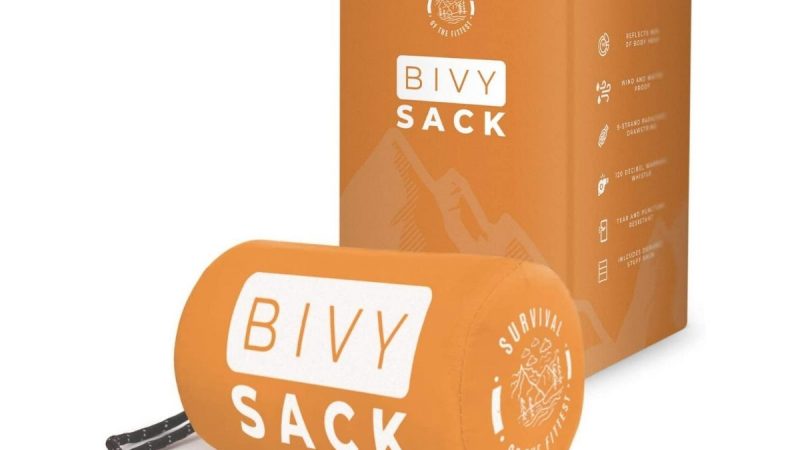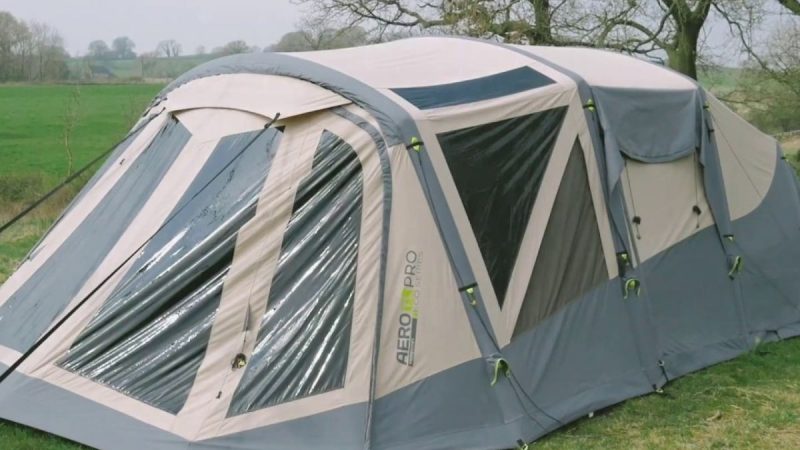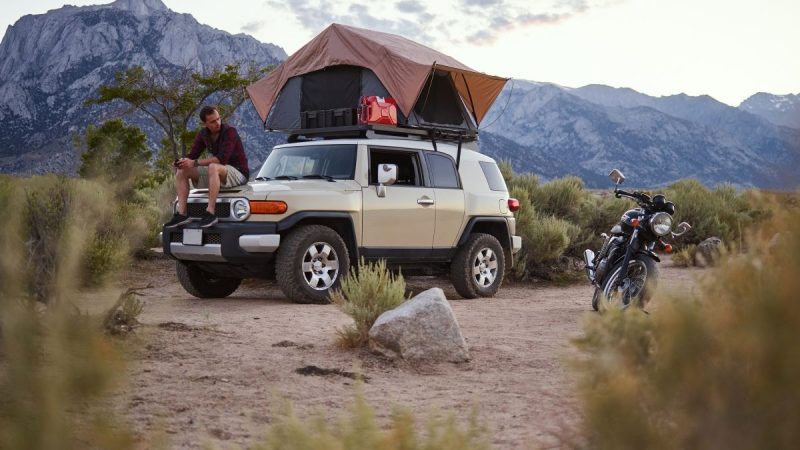Tips to Prevent Blisters while Hiking – Being a Professional Hiker
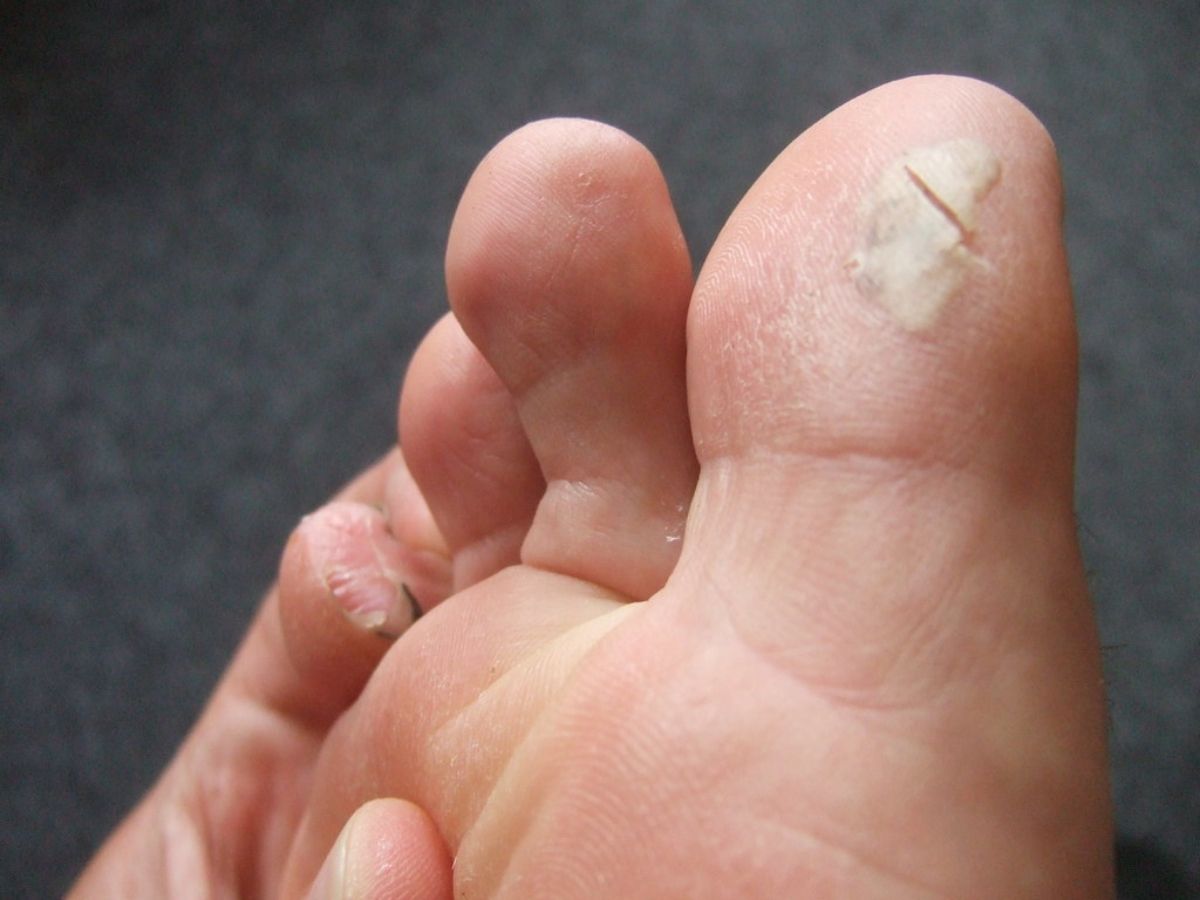
If you are addicted to camping and hiking, you would be in the constant worry of knowing how to prevent blisters while hiking. This is indeed a major problem that every hiker faces at least once in their lifetime. Blisters are nothing but small pockets of fluid that form on your skin, usually as a result of friction. When you hike, your feet are constantly rubbing against your shoes and this can cause blisters to form. If not treated immediately, blisters can become extremely painful and may even lead to infection.
Let us take you on a tour of how to prevent blisters while hiking.
What Causes Hiking Blisters?
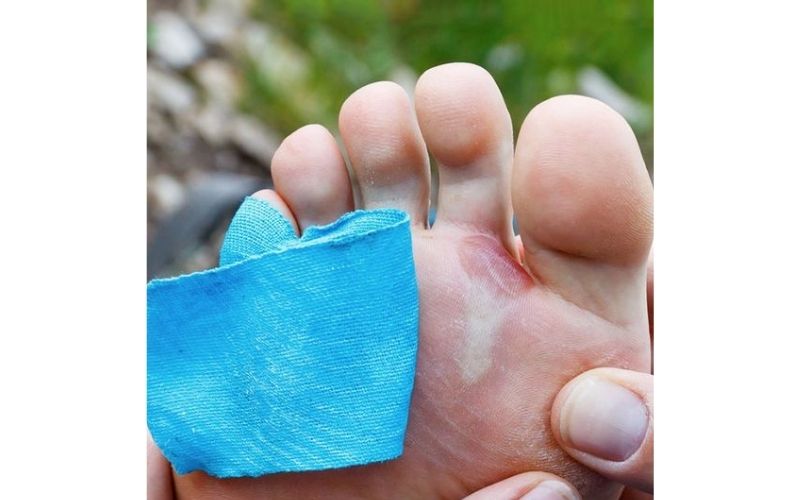
The leading culprits in the formation of blisters while hiking are usually ill-fitting shoes and sweaty feet. When your shoes are too tight, they tend to rub against your skin and this causes friction. This is further aggravated when your feet sweat profusely, as the moisture makes your skin softer and more vulnerable to friction. Other possible causes include walking on uneven surfaces or in sandals.
Professional Tips to Prevent Blisters while Hiking
Fitting and Proper Footwear
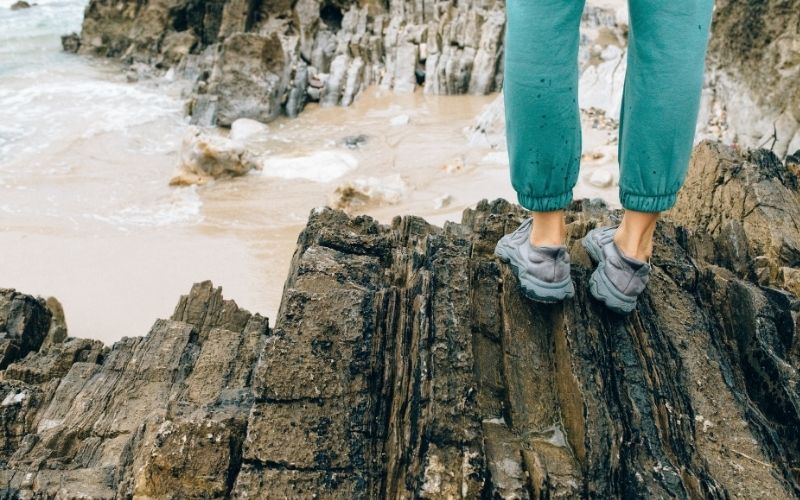
This is the most important factor in preventing blisters while hiking. Make sure that you get your shoes fitted properly by a professional. There should be enough space in the toe box so that your toes can move around freely. The shoes should also be snug around the heel and mid-foot, but not tight. If your shoes are too tight, they will cause friction and blisters.
Wear the Right Socks
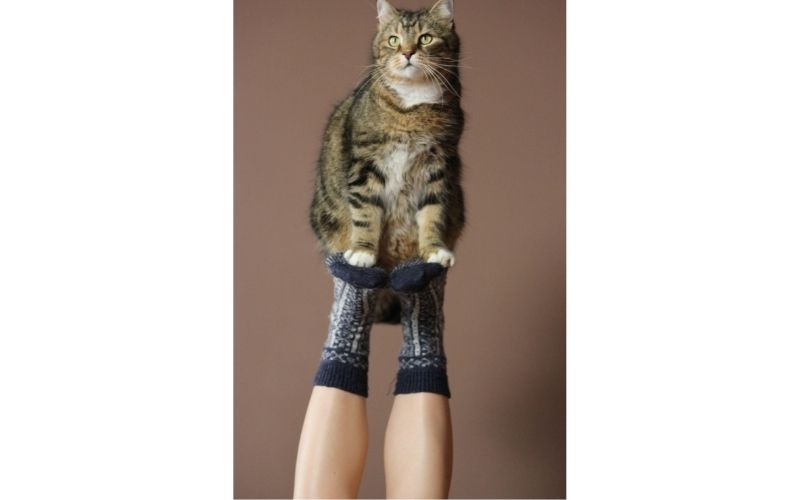
Not all socks are created equal. When you are hiking, it is important to choose the right socks that will protect your feet from blisters. The ideal sock should be made of moisture-wicking material such as wool or synthetic fibers. It should also be thick enough to cushion your feet and prevent friction. Avoid socks made of cotton, as they tend to absorb moisture and become wet. This will only exacerbate the problem of blisters.
Apply a Blister Prevention Method
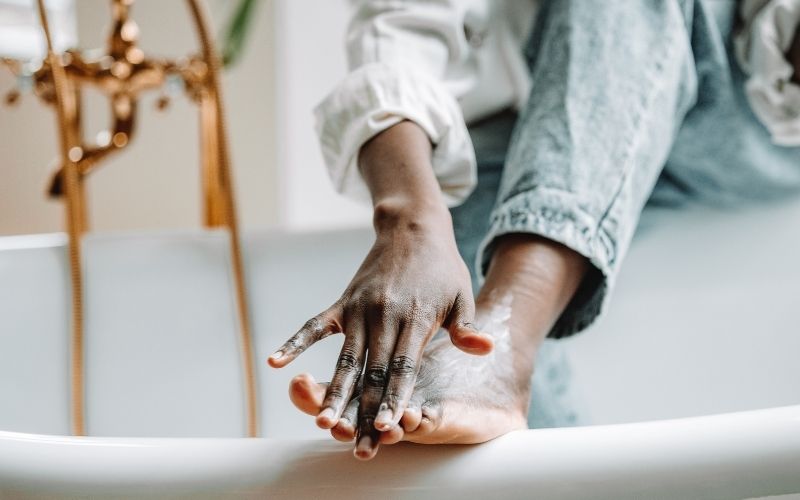
There are several methods that you can use to prevent blisters while hiking. One of the most popular methods is to apply a layer of petroleum jelly or sports cream to your feet before putting on your socks. This will create a barrier between your skin and the shoes and will help to prevent friction. You can also use duct tape to cover any areas on your feet that are prone to blisters. Another option is to wear moleskin or special blister bandages, which will protect your feet from friction and absorb any moisture.
Watch Your Step
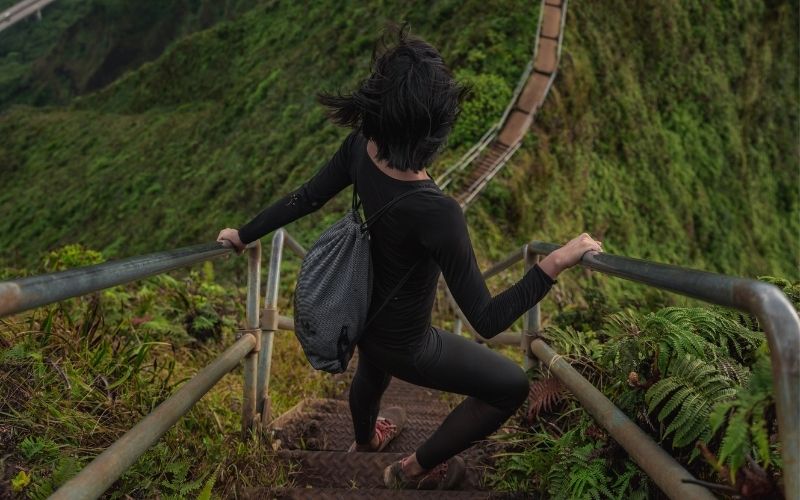
When you are hiking, it is important to be aware of your surroundings and watch your step. Walking on uneven or rocky surfaces can increase the risk of blisters. Try to stick to well-worn trails as much as possible. If you must walk on rough terrain, consider wearing trail running shoes or trekking boots for extra protection.
Stay Hydrated
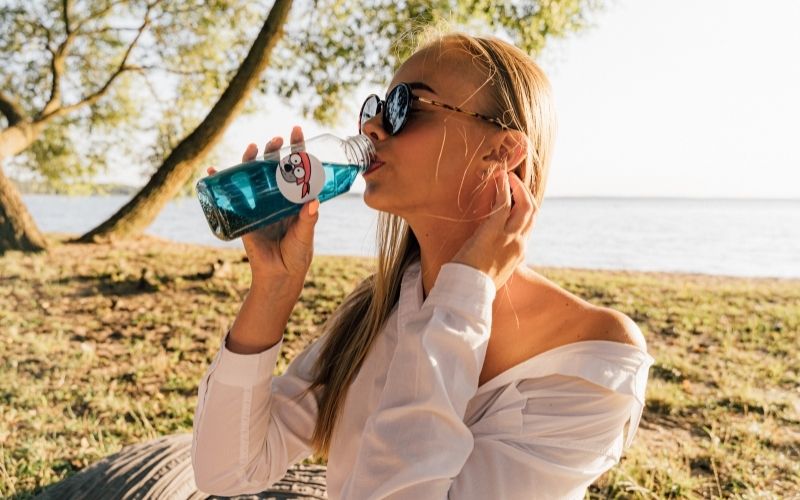
It is also important to stay hydrated when hiking, as this will help to keep your skin moist and prevent blisters from forming. Make sure you drink plenty of water before, during, and after your hike.
Break-in New Footwear
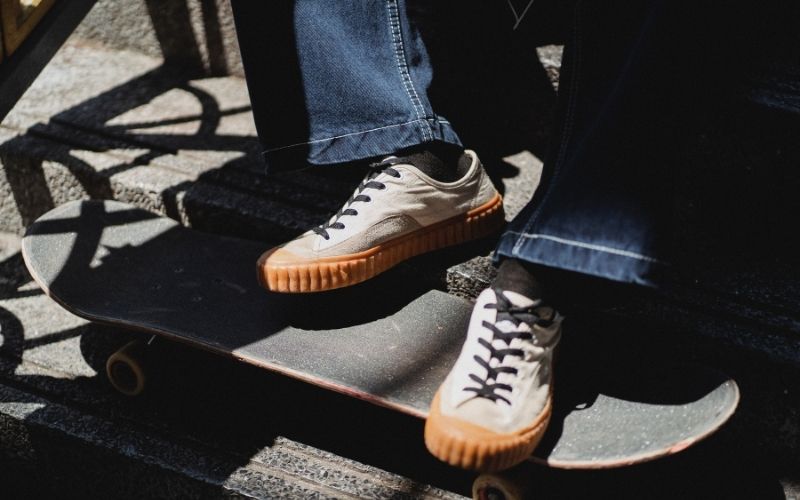
This is where you should heed the advice of your mom and not go on a big hike in your brand-new shoes. When you buy new shoes, make sure you wear them around the house for a few weeks before attempting to hike in them. This will help to break them in and will reduce the risk of blisters.
Give Some Air Time during Hikes
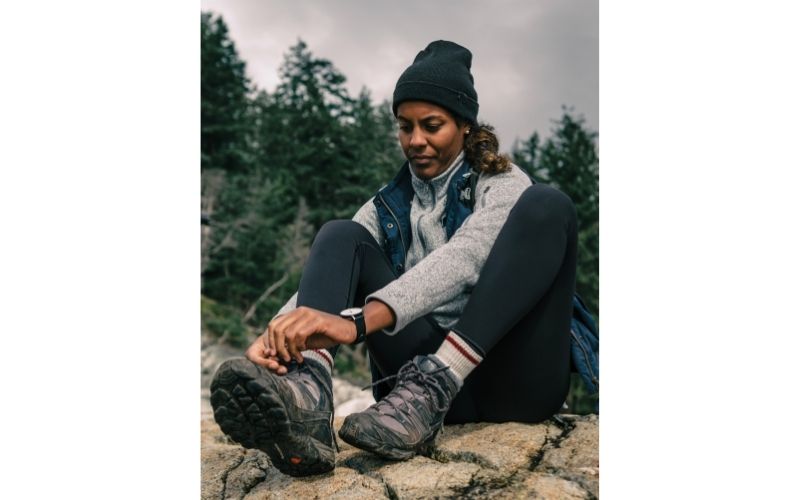
If you can, try to take breaks during your hike and give your feet some air time. This will help to reduce the amount of sweat that accumulates on your feet and will help to prevent blisters from forming. Moreover, air time can also help to reduce fatigue in your feet.
Keeping Feet Clean and Dry
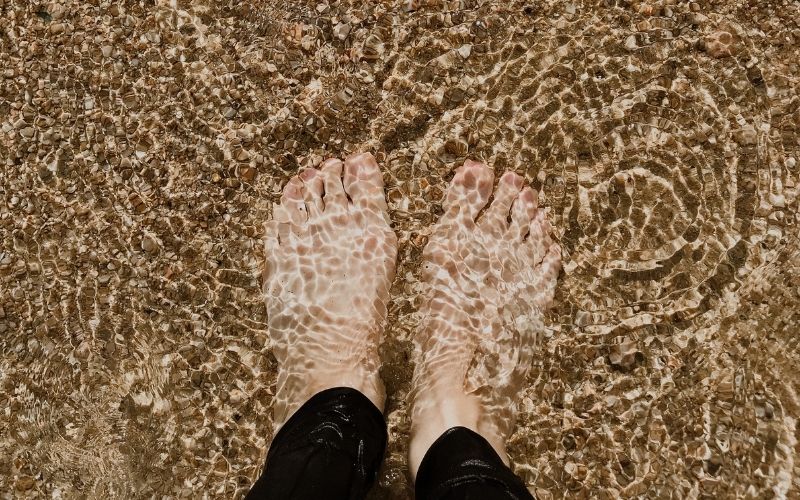
Last but not least, it is important to keep your feet clean and dry during hikes. This means you should change your socks often, and if possible, bring an extra pair of socks to change into halfway through your hike. You should also make sure to dry your feet off as soon as possible after they get wet. If you are camping, you can use foot powder to keep your feet dry.
Try Out a Sock Liner and a Foot Powder
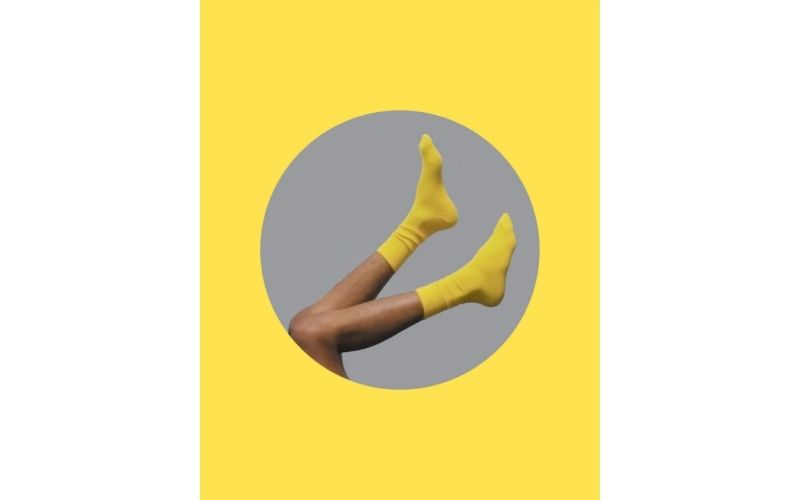
Sock liners can also help to prevent blisters. They are a thin layer of fabric that is placed between your sock and your skin. This will help to absorb moisture and keep your feet dry. Foot powders can also help to reduce the amount of moisture on your feet and can be used in conjunction with sock liners.
Set Weekly Limits to Your Mileage

Although this is common sense, you should try to increase your mileage gradually, rather than going on long hikes every week. This will help to reduce the chances of developing blisters, as your feet will have time to adjust to the increased mileage.
Best Brands of Hiking Shoes
Salomon Outbound Prism Hiking
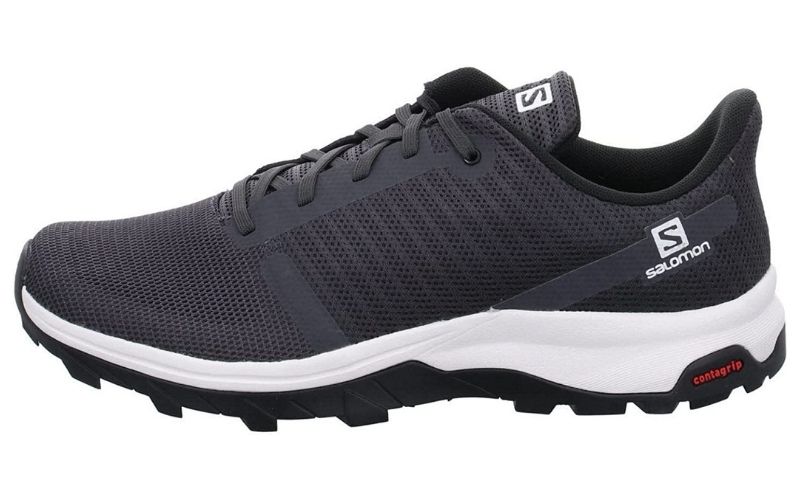
The 100% rubber hiking shoe has good protective and grippy texture. It comes with a waterproof guarantee and offers great comfort at hiking and any outdoor activity. This lightweight shoe can be great protection against rocks and debris.
Price – $80
Available on – Amazon
Merrell Moab Ventilator Mid Waterproof Hiking Boot
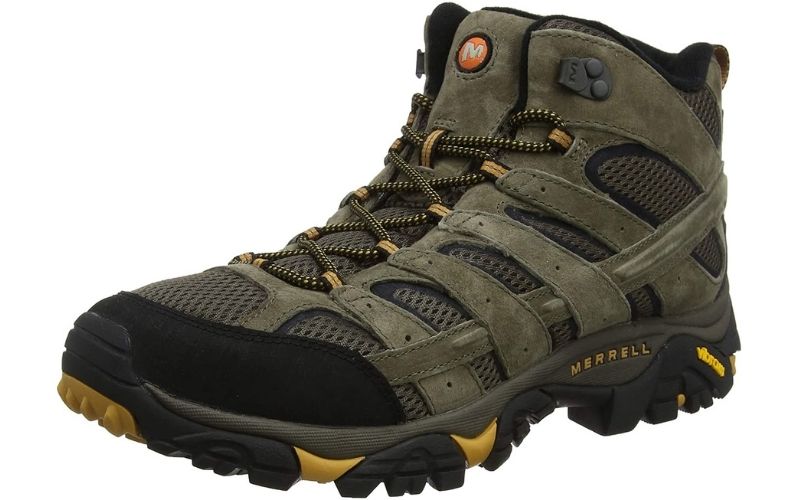
This is a great all-around hiking boot with superior ventilation and sturdy construction. It has an air-cushion midsole for extra comfort and a good grip on slippery surfaces.
Price – $96.82
Available on – Amazon
Columbia Men’s Newton Ridge Plus Ii Waterproof Hiking Boot Shoe
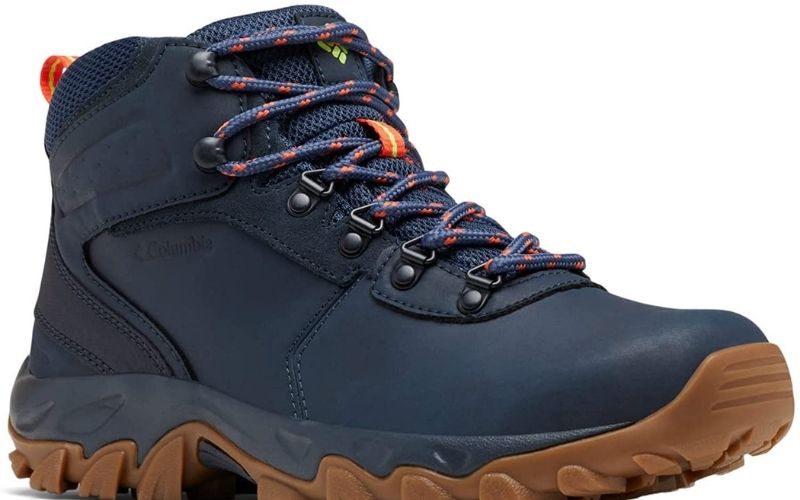
With advanced technology, Columbia’s hiking boot provides great comfort, support, and durability. The comfortable boot is with adjustable features like waterproof and lace-up closure. An ideal choice for hikers and outdoor lovers.
Price – $62.58
Available on – Amazon
KEEN Men’s Targhee 3 Oxford Casual Hiking Shoe
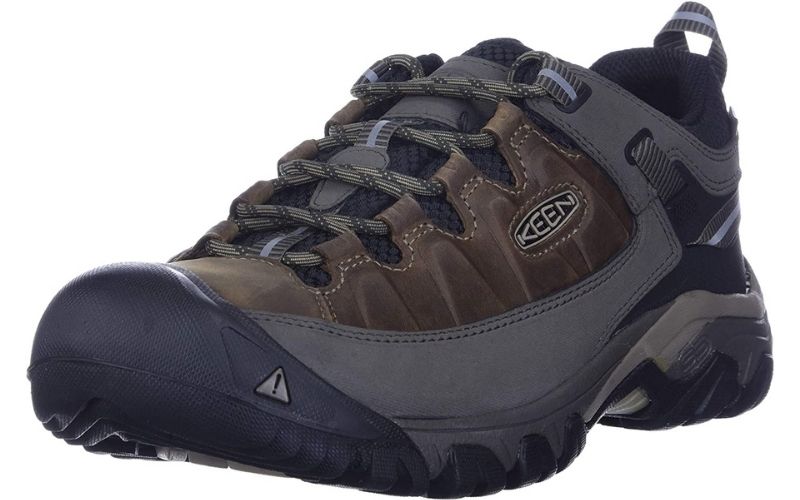
Made of 100% leather, this comfortable shoe is perfect for a person who loves both hiking and daily casual wear. The shoe is breathable and waterproof with good support and cushioning. This is one of the finest that fits any terrain with rubber outsoles.
Price – $144.95
Available on – Amazon
Saucony Women’s Grid Excursion TR12 Sneaker
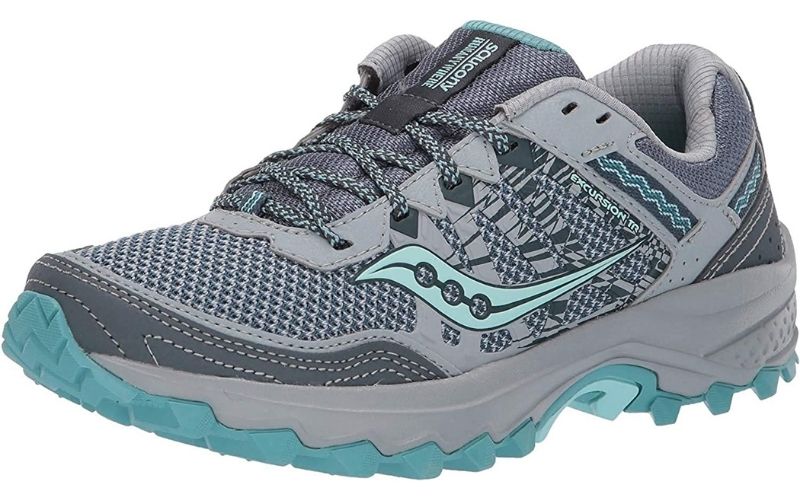
With GRID cushioning, this Saucony sneaker is a great choice for everyday shoes as well as hikes. The shoes are comfortable with good traction and durability. They are also lightweight and offer good arch support.
Price – $64.95
Available on – Amazon
Hiking Blisters can Ruin Your Trip – Care Tips
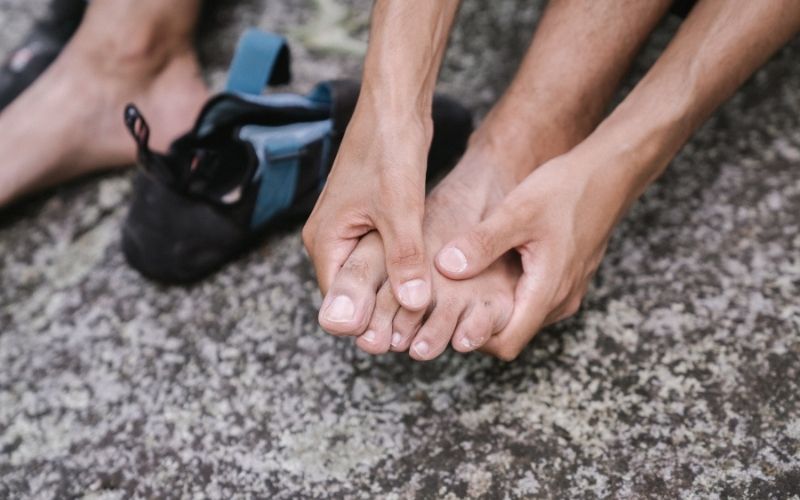
If you are unlucky enough to get a blister while hiking, don’t worry – there is still hope. However, it is important to take care of the blister as soon as possible. Do not pop the blister as this can increase the risk of infection. Instead, gently clean the area with soap and water and then apply a bandage or
By following these tips, you can effectively prevent blisters while hiking. Remember to always take good care of your feet and to consult a professional if you are having trouble finding the right shoes. With a little bit of preparation, you can enjoy a pain-free hike without any worries.
Think Again Before You Pop a Blister
Taking care of blisters can be a nightmare. However, it is still possible to enjoy your hike if you take the necessary precautions. If you get a blister, resist the urge to pop it. This can increase the risk of infection and can make the blister worse. Instead, clean the area with soap and water and apply a bandage or moleskin. You should also consult a professional if the blister does not improve.
Deal with Hot Spots as You Encounter Them
If you are feeling a hot spot on your foot, stop and take care of it immediately. This means you should clean the area, apply a bandage or moleskin, and drink plenty of water. By taking care of the hot spot as soon as possible, you can prevent it from becoming a full-blown blister.
Stay Hydrated
This cannot be stressed enough – staying hydrated is key to preventing blisters. Make sure you drink plenty of water before, during, and after your hike. This will help to keep your skin moist and will reduce the likelihood of blisters from forming.
Let Your Feet Heal
If you do get a blister, it is important to let your feet heal properly. This means you should not hike for at least a week after the blister has healed. During this time, make sure to give your feet plenty of air time and keep them clean and dry.
By following these tips, you can effectively prevent blisters while hiking. With a little bit of preparation, you can enjoy a pain-free hike without any worries. can enjoy a pain-free hike without any worries.
Types of Hiking Blisters and How to Treat Them
Two main types of blisters can occur while hiking – friction blisters and hot spot blisters.
Friction Blisters
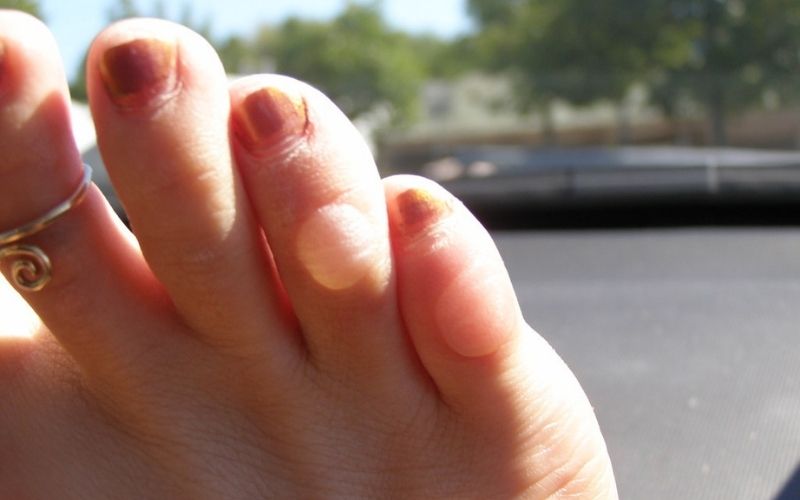
Friction blisters are caused by the rubbing of shoes or socks against the skin. These types of blisters are more common in areas that are prone to chafing, such as the heels, toes, and sides of the feet. Friction blisters can also be caused by wet shoes.
To treat a friction blister, it is important to clean the area with soap and water. You should then apply a bandage or moleskin to the affected area. If the blister is large or painful, you may also need to take a break from hiking and allow the blister to heal.
Hot Spot Blisters
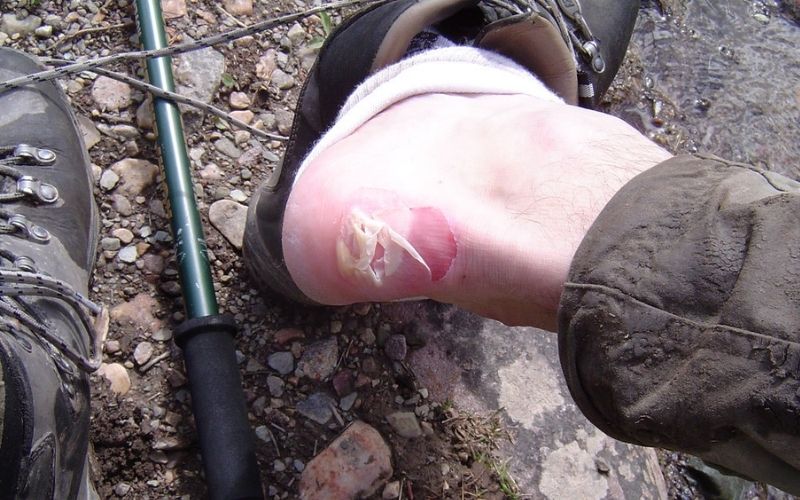
Hot spot blisters are caused by the rubbing of shoes or socks against the skin. These types of blisters are more common in areas that are prone to chafing, such as the heels, toes, and sides of the feet. Hot spot blisters can also be caused by wet shoes.
To treat a hot spot blister, it is important to clean the area with soap and water. You should then apply a bandage or moleskin to the affected area. If the blister is large or painful, you may also need to take a break from hiking and allow the blister to heal.
Steps in Treating Hot Spots
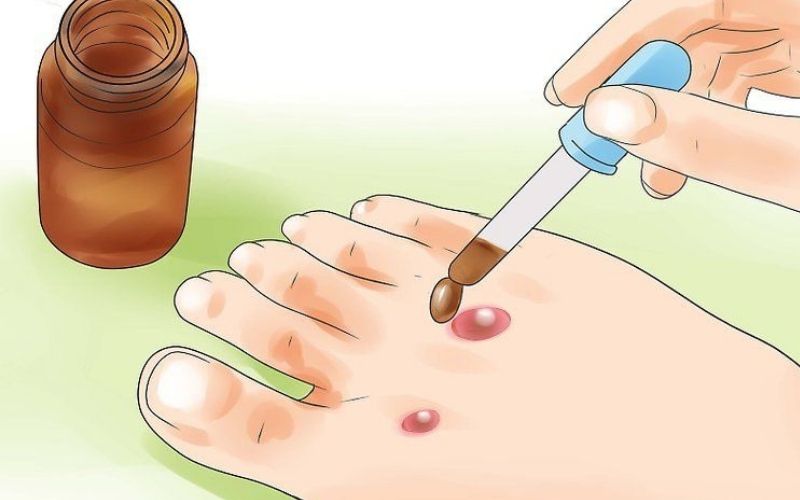
Step 1 – STOP
Upon noticing any discomfort or pain in the foot while hiking, the first thing you want to do is stop. This may seem like an obvious solution, but continuing with the hike will only aggravate the situation and make it worse.
Step 2 – Clean
The next step is to clean the affected area. This can be done with soap and water, or any other type of antiseptic. Make sure to dry the area off completely before continuing.
Step 3 – Apply a Bandage or Moleskin
If there is an open wound, you will want to cover it with a bandage or a piece of moleskin. This will help to keep the area clean and protected from further injury.
Step 4 – Drink Plenty of Water
It is important to drink plenty of water while hiking, and this is especially true when treating hot spots. Staying hydrated will help to keep your skin moist and will reduce the likelihood of blisters from forming.
Step 5 – Take a Break
If the hot spot does not improve after taking these steps, it is time to take a break. This means you should stop hiking for at least a day and allow your feet to rest. During this time, make sure to give your feet plenty of air time and keep them clean and dry.
By following these steps, you can effectively treat hot spots while hiking. Remember to always stay hydrated and to give your feet plenty of time to heal. can effectively treat hot spots while hiking. Remember to always stay hydrated and to give your feet plenty of time to heal.
First-Aid Essentials to Pack for Blister Care
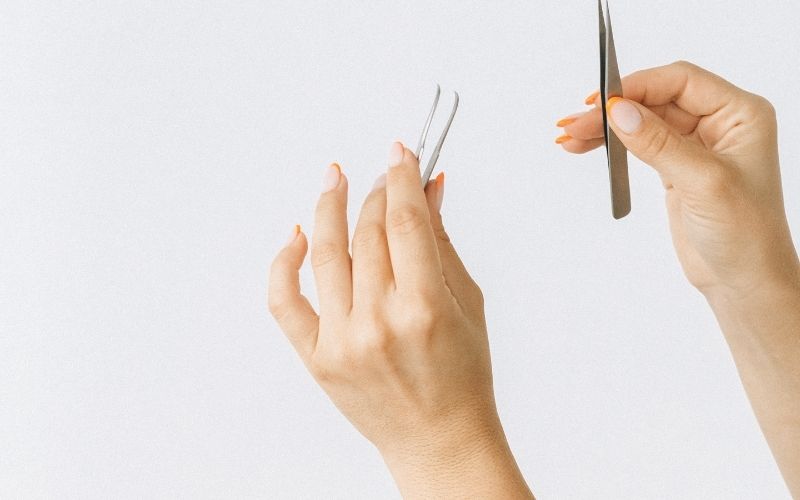
- Blister Bandage
- Moleskin
- Antiseptic wipes
- Antibiotic ointment
- Cotton balls
- Band-Aids
- Tweezers
- Lightweight Multitool
- Safety Pins
- Duct Tape
FAQs Related to How You can Prevent Blisters while Hiking
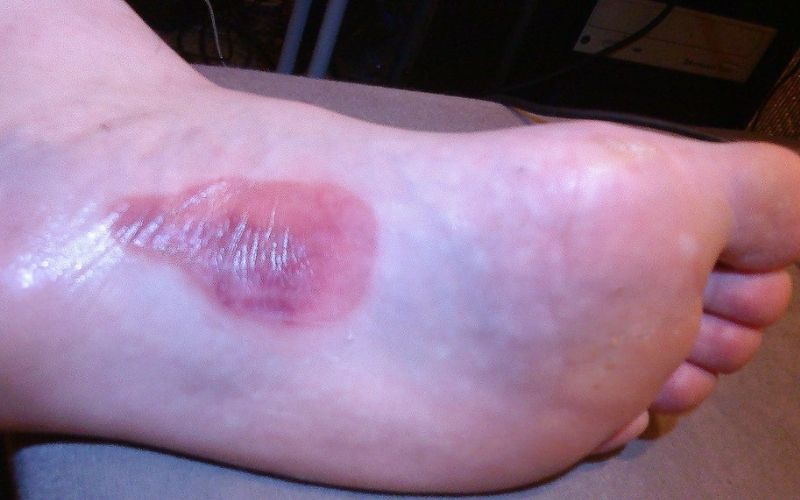
Why Do Blisters Form while Hiking?
Two main types of blisters can occur while hiking – friction blisters and hot spot blisters. Friction blisters are caused by the rubbing of shoes or socks against the skin, while hot spot blisters are caused by wet shoes.
How Can I Prevent Blisters while Hiking?
There are several steps you can take to prevent blisters while hiking. These steps include cleaning the affected area, applying a bandage or moleskin, drinking plenty of water, and taking a break if the hot spot does not improve.
What Should I Do if I Get a Blister while Hiking?
If you get a blister while hiking, it is important to clean the area with soap and water. You should then apply a bandage or moleskin to the affected area. If the blister is large or painful, you may also need to take a break from hiking and allow the blister to heal.
What Type of Shoes Should I Wear while Hiking?
It is important to wear shoes that are lightweight and breathable while hiking. Shoes that fit well and are not too tight will also help to prevent blisters from forming.
Can I Still Hike if I Have a Blister?
If the blister is small and does not cause any pain, you may be able to continue hiking. However, if the blister is large or painful, it is best to take a break from hiking and allow the blister to heal.
How Long Does it Take for a Blister to Heal?
Most blisters will heal within a few days to a week. However, if the blister is large or painful, it may take longer for it to heal completely.
Conclusion
To sum up, it is important to be aware of how to prevent blisters while hiking. Hiking can provide an amazing experience, but it is important to take safety precautions. By following these five steps, you can effectively treat hot spots while hiking. Remember to always stay hydrated and to give your feet plenty of time to heal.

